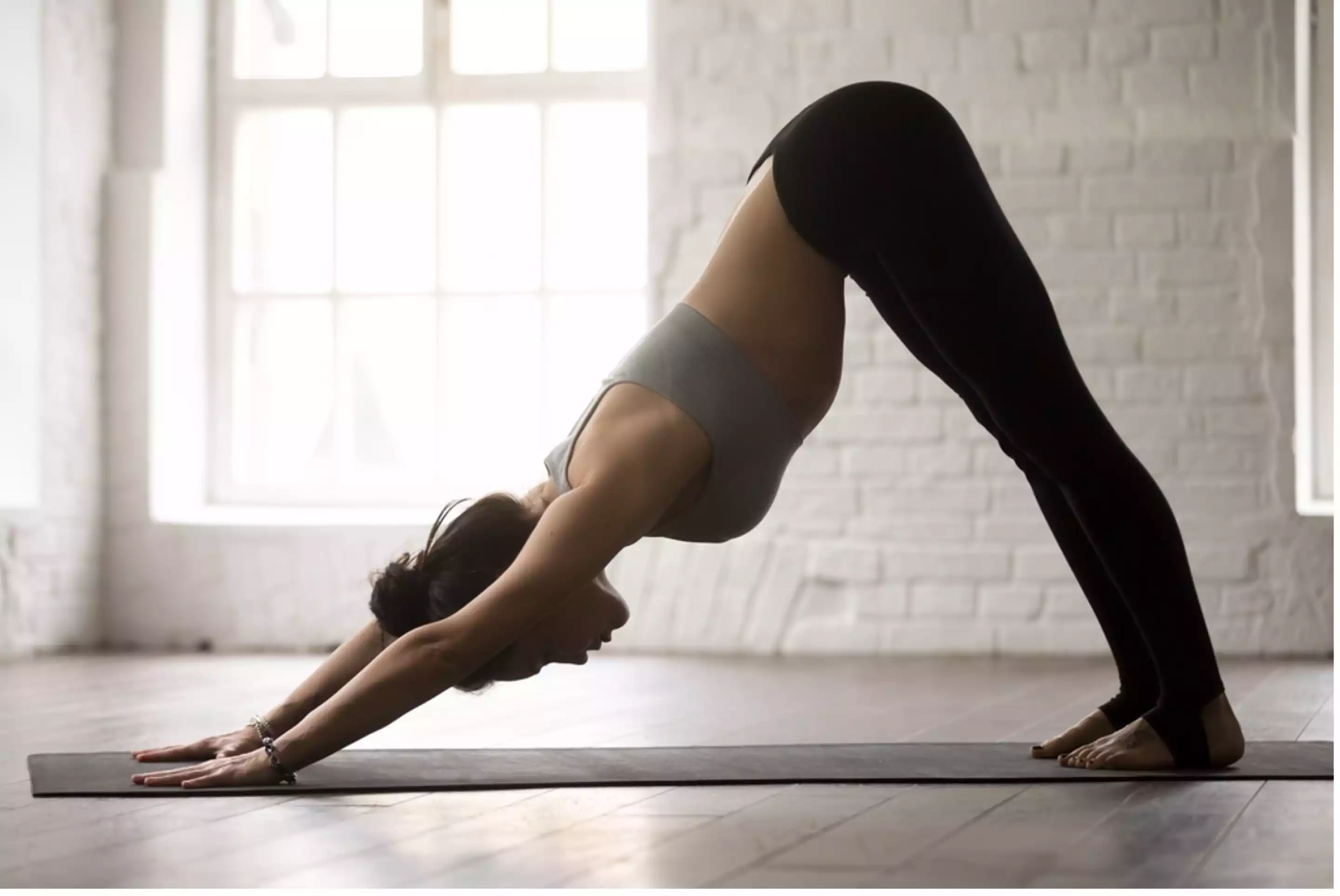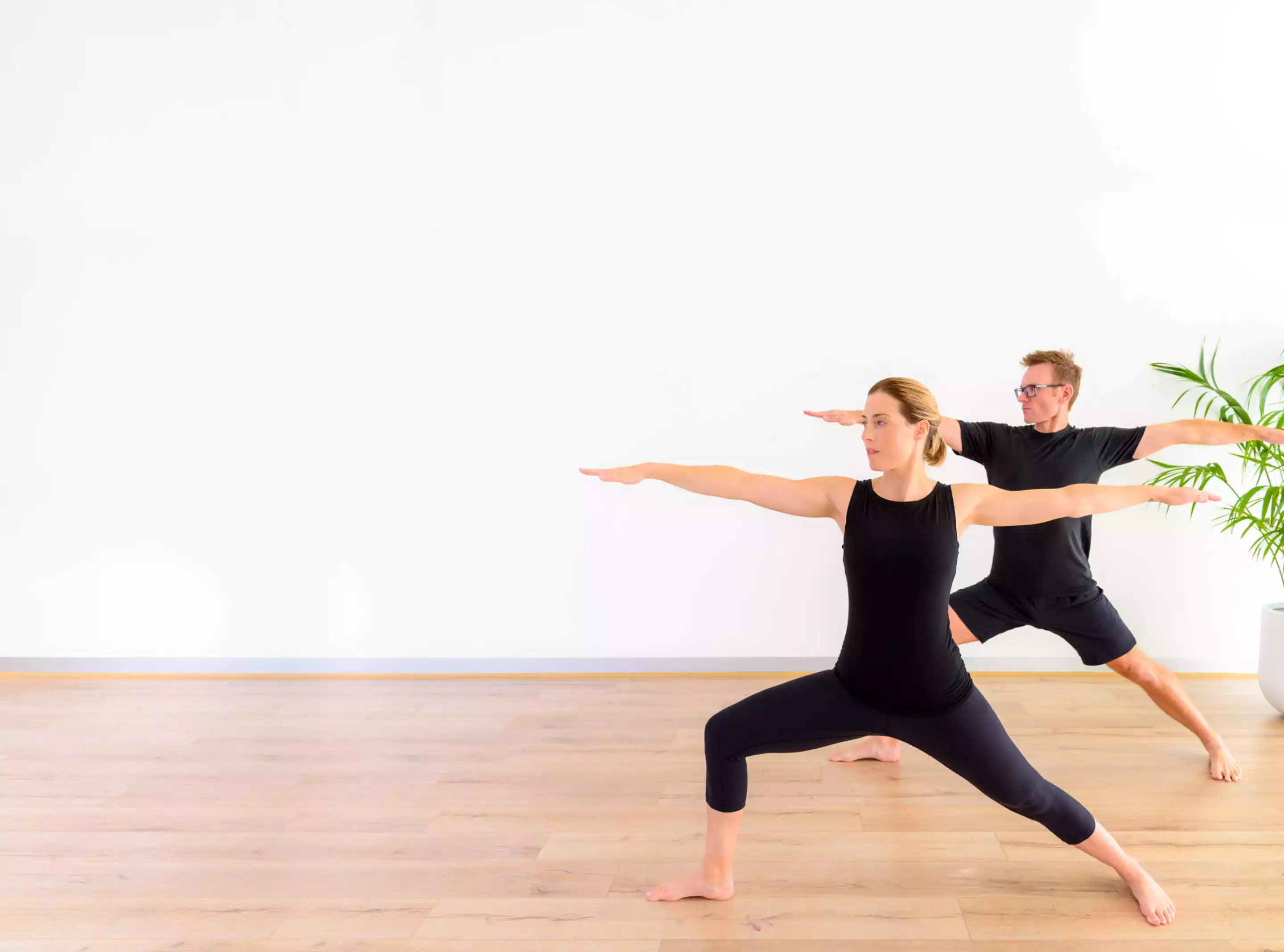
Unlock the Power of Surya Namaskar: A Comprehensive Guide to Sun Salutation
Yoga has been around for thousands of years and has a rich history in many cultures. One of the most popular and widely practised yoga sequences is Surya Namaskar, also known as Sun Salutation.
Benefits of Surya Namaskar
Regularly practising Surya Namaskar has several benefits as follows:
Physical benefits
Practising Surya Namaskar regularly can increase flexibility, improve posture, boost metabolism, strengthen muscles, and increase overall physical endurance.
Emotional benefits
Regular practice can help reduce stress, increase focus, calm the mind and improve overall mental clarity.
Spiritual benefits
Practising Surya Namaskar improves energy flow, clears chakras, and provides a better connection with the universe.
The 12 Surya Namaskar Poses and How to Practice Them
1. Pranamasana - Prayer Pose
Pranamasana represents a gesture of reverence, offering, and surrender to the divine.
Stand with your feet together and your hands in front of your chest in a prayer position. Close your eyes, breathe deeply, and focus your attention on your intention for your practice.
This pose helps to center and ground you, bringing a sense of peace and clarity.
2. Hasta Uttanasana - Raised Arms Pose
Hasta Uttanasana represents the upward movement of energy and the expansion of the heart centre.
Inhale and raise your arms up overhead, palms facing each other, and gaze up toward your hands. Keep shoulders relaxed and stretch your spine.
This pose helps to open the chest stretches the shoulders and arms. It also improves your posture.
3. Hasta padasana - Standing Forward Bend
Hasta padasana represents humility, surrender, and letting go of what no longer serves us.
Exhale and fold forward from the hips, bringing your hands to the floor beside your feet. Keep your legs straight or bend your knees slightly if necessary.
Allow your head to hang down and breathe deeply into the back of your body.
This pose helps to stretch the hamstrings, calm the mind, and stimulate the digestive system.
4. Ashwa Sanchalanasana - Equestrian Pose
Ashwa Sanchalanasana represents strength, stability, and balance.
Step back with your right foot in a lunge, keeping your left knee bent directly over your ankle. Your right leg should be straight and lifted off the ground with the ball of the foot on the floor.
Inhale and lift your torso up, bringing your hands to your front knee. Keep shoulders relaxed and look straight ahead.
This pose strengthens the legs, stretches the hip flexors, and improves balance.
5. Dandasana - Plank Pose
Dandasana represents the spine's straightness and its connection to the earth.
Sit with your legs straight out in front of you and place your hands on the floor beside your hips.
Press down through your sit bones (lower part of your pelvis), stretch your spine, and engage your abdominal muscles by pulling your stomach in as if you are bringing your belly button to your spine. Keep your shoulders relaxed and your chest open.
This pose strengthens the back muscles, improves posture, and prepares the body for other seated poses.
6. Ashtanga Namaskara - Salute with Eight Parts
Ashtanga Namaskara represents a full-body prostration, offering respect and gratitude to the divine.
Slowly lower your knees, chest, and forehead to the floor, keeping your hips lifted. Your hands are on the floor beside your chest with your elbows hugging your sides.
This pose strengthens the arms, chest, and back muscles, and improves flexibility in the spine.
7. Bhujangasana - Cobra Pose
Bhujangasana represents the awakening of the Kundalini energy and the opening of the heart centre.
Lie on your stomach with your hands beside your shoulders, and elbows close to your sides. Inhale and lift your chest and head off the ground, keeping your shoulders relaxed and your eyes looking straight ahead. Keep your elbows slightly bent and your lower body pressing firmly into the ground.
This pose strengthens the spine, stretches the chest and shoulders, and improves digestion.
8. Adho Mukha Svanasana – Dog Facing Downward Pose
Adho Mukha Svanasana represents the connection between the individual and the universal, and the downward flow of energy.
Start by touching your hands and knees with your wrists and shoulders. Exhale, lift your hips up and back, then straighten your arms and legs.
This pose helps in strengthening muscles and improving blood supply to the brain.
9. Ashwa Sanchalanasana - Equestrian Pose
Ashwa Sanchalanasana symbolises the movement and strength of a horse.
From Adho Mukha Svanasana, step forward with the right leg between the hands and raise the torso up.
The left leg is extended behind, and the palms are on the ground on either side of the right foot. Keep your eyes looking ahead and your chest lifted.
This pose strengthens back muscles, legs and hips. It also stretches the hip flexors, quadriceps, and shoulders.
10. Hasta Padasana – Standing Forward Bend
Hasta padasana represents the union of the hands and feet, which symbolises the connection between the individual and the divine.
Exhale and bend forward from the hip joints, keeping the spine and legs straight. Place palms beside feet on the ground.
This pose stretches the hamstrings, calves, and hips. It helps in improving digestion and reducing stress.
11. Tadasana - Mountain Pose
Tadasana represents the stability, strength, and stillness of a mountain.
Stand with arms at the sides and feet apart at a hip’s width. Your weight should be evenly distributed on both feet, and your eyes looking ahead. Engage the muscles of the legs and core, and lift through the crown of the head.
This pose improves posture, balance, and concentration. It also strengthens the legs, feet, and spine.
12. Hasta Uttanasana – Raised Arms Pose
Hasta Uttanasana represents the extension of the hands towards the sky, symbolising the upward movement of energy towards the divine.
From Tadasana, inhale and raise the arms overhead, keeping the palms facing each other. Your eyes should look towards the hands.
This pose stretches the chest, shoulders, and abdomen. It also improves digestion and helps to relieve anxiety.
Surya Namaskar is a powerful yoga routine that offers numerous benefits for the mind, body, and spirit. By practicing these 12 postures, you can improve your flexibility, posture, metabolism, and overall physical health.
You will also experience reduced stress, increased focus, and a deeper connection with the universe.
Remember to start slow, focus on proper breathing techniques, and allow yourself to rest as needed. We encourage you to give Surya Namaskar a try and make it a regular part of your yoga practice. Namaste.
Start yoga today with a 2 week trial for $49.50
Includes unlimited studio + online classes
